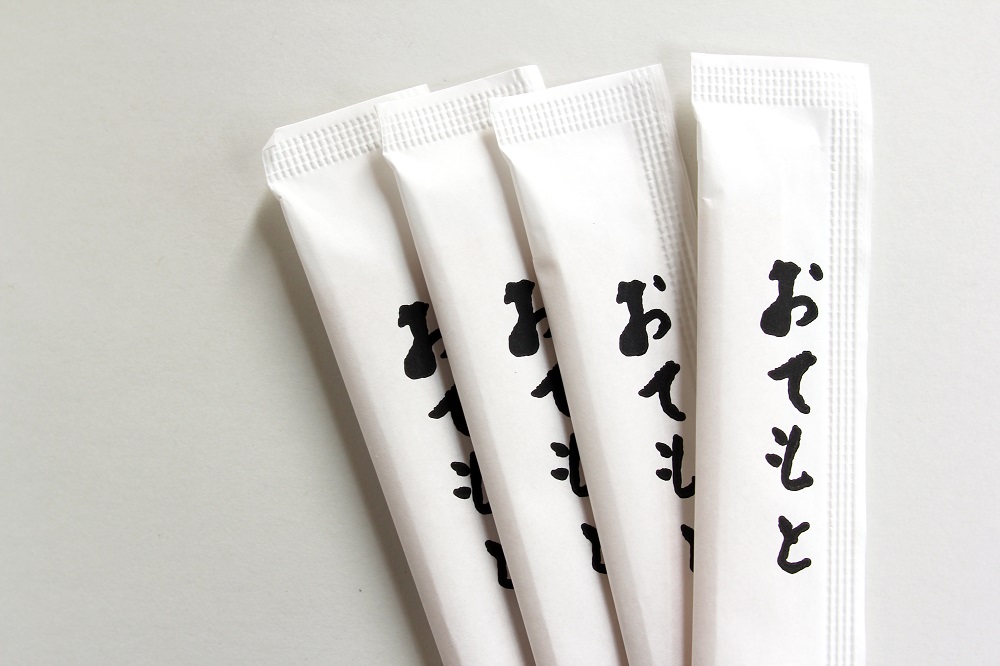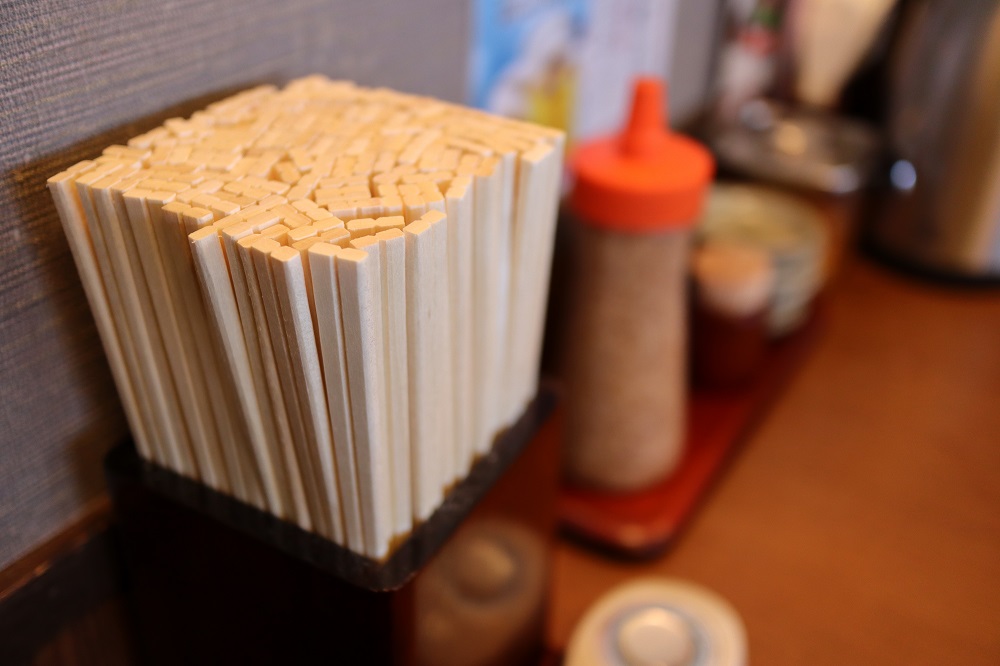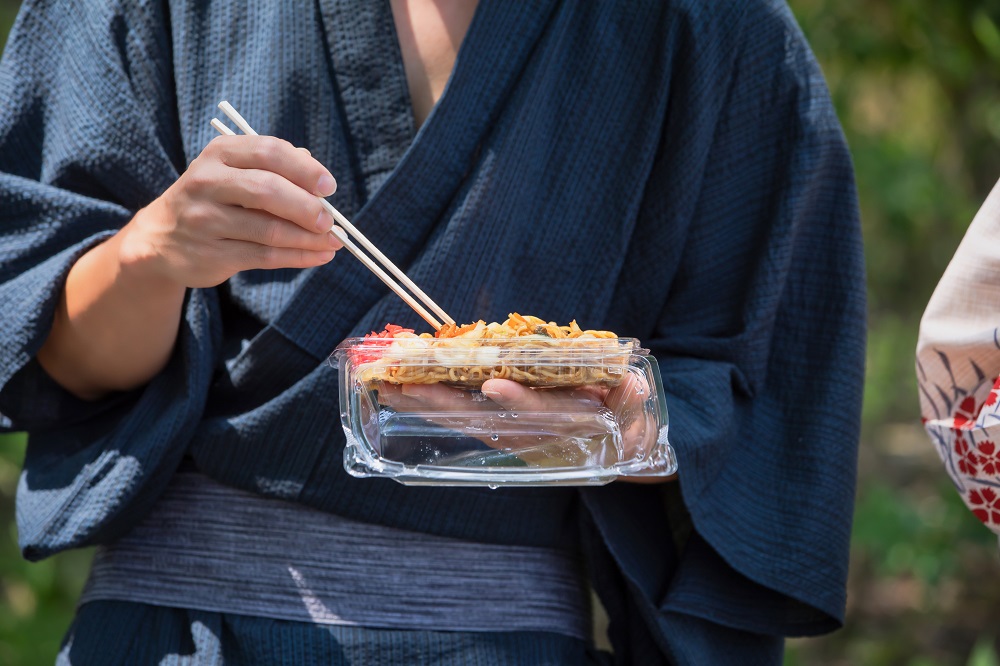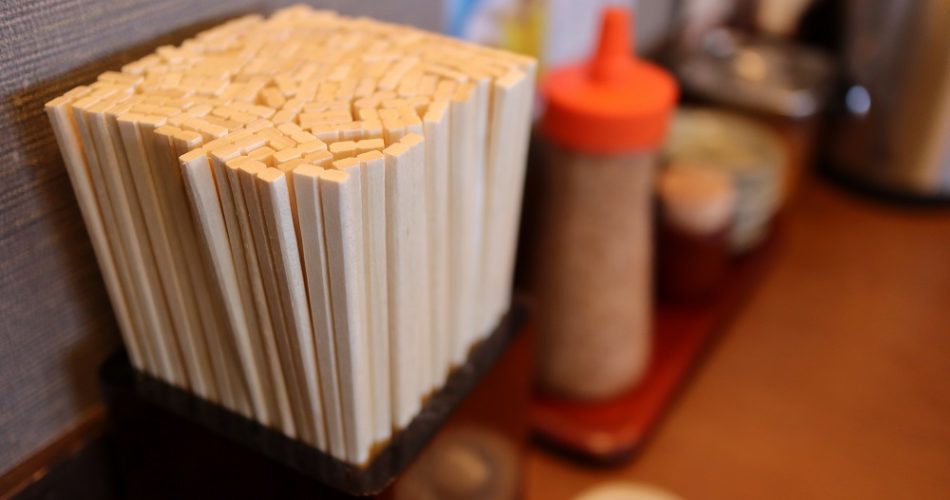Japan is the country that allegedly consumes the most disposable chopsticks in the world. About 25 billion pairs of these chopsticks are put into use every year (Raju, 2008). On average, each set weighs approximately 15 grams. Therefore, 25 billion sets are equivalent to 375 thousand tons of wood. It is thought that disposable chopsticks are more hygienic than multi-time reusable ones. However, are they really safe and environmentally friendly as they are advertised? It turns out that disposable chopsticks cause harm not only to our health because of unsanitary substances but also to the environment due to unadvanced recycle technology and massive logging activities. Thus, people should be acknowledged of the possible problems caused by disposable chopsticks and refrain from using them.

The use of these chopsticks has surged rapidly due to their convenience and high sanitation illusion. However, they are posing potential threats to human health. For the sake of profit, many manufacturers favor cheaper chemicals for disinfection and bleaching to give disposable chopsticks an attractive appearance. Chopsticks are processed with industrial hydrogen peroxide for whitening, fumigated with sulfur dioxide which is a well-known toxic and pungent gas, then finally polished for a beautiful look by using talc. These competitively cheap compounds are, no doubt, not efficient to decontaminate the chopsticks for safety. Conversely, harmful ingredients can be produced, especially at high temperature, causing many chronic diseases. Hazardous sulfur dioxide adhered on the chopsticks may be released while using and trigger asthma attack. Sunyer (2003) found out that “Sulphur dioxide (SO2) causes bronchoconstriction in normal and asthmatic subjects after short term exposures (within five minutes)”. Moreover, hydrogen peroxide which is used to bleach the chopsticks probably causes harm to human’s digestive tract because it is a strong corrosive. There were many reported cases in China that black and moldy chopsticks were bleached using hydrogen peroxide to become white (John, 2019). Japan imports a large number of chopsticks from China due to their low cost. Thus, there is a possibility that the chopsticks we were using in the restaurants are produced from those poor-quality ones. Even if chopsticks are disinfected properly, they are often heaped up on the floor without re-sterilization before packing (Xu, 2014). The procedure management is too lax to ensure the high sanitary of those chopsticks. Therefore, they are not as clean as they seem to be. Long term intake of harmful chemical residues such as sulfur dioxide and hydro peroxide would definitely threaten human’s health and is likely to cause cancer.

Another reason to reduce the use of disposable chopsticks is that the mass production of them also accelerates the devastation of forests, especially in chopsticks supplying countries such as China, India and Vietnam. A lot of wood was cut down to provide raw materials for chopsticks production. As John wrote in his article: “The annual harvest of forest trees in the country [China] is about 47.58 million cubic meters, and these chopsticks account for 10.5%”. This is a significant figure showing that chopsticks manufacture is one of the major consumption sources of wood and is promoting logging activity in an unrestricted manner. As the marketplace of disposable chopsticks grows, more and more trees will be cut down to supply sufficient wood to meet the increasing demand on chopsticks. Since forests take years to grow, it would not meet the tremendous demand for convenient chopsticks annually. On the other hand, most disposable chopsticks used in Japan are imported solely from China because of a competitively cheaper price compared to domestically produced chopsticks. However, for the concern on deforestation and tax increase recently, chopsticks suppliers from China have been wary of continuing excessive export to Japan. The rising cost of raw materials also rose chopsticks price by about 30% to compensate for the higher production cost. Restaurants, convenient stores, etc. are now scrambling for alternative sources which might revive the domestic chopsticks production and lead to endless environmental problems in the country afterwards. It has been proved that deforestation leads to flooding and landslides, loss of biodiversity, soil erosion, and it is considered to be one cause for climate change. Consequently, the overuse of disposable chopsticks contributes to the ecological imbalance and large-scale disasters.
The overuse of disposable chopsticks also burdens the garbage disposal system of Japan. Most disposable chopsticks have short shelf life of around 4 to 5 months, which is synonymous with a great amount of chopsticks waste. “Expired” chopsticks cannot be used due to the proliferation of harmful bacteria. They are discarded together with used ones, which accumulates into a large dump of garbage every month. A proper recycling system is required to dispose all those chopsticks. The recycling of disposable chopsticks faces many challenges. Firstly, they need to be separated from leftover food. However, they are usually dumped together with other trash and food, which obstructs the recycling process. Secondly, if they fail to be turned over to the recycling factory before harmful bacteria and pests grow, the cost for cleaning used chopsticks and the treatment of washing water would soar up sharply, which will definitely bring more loss than profit. It is obvious that none of the manufacturers prefer loss, so recycling is not a favorable choice. Moreover, cheap detergents contain toxic and insoluable compounds such as phosphates and formaldehyde that can infiltrate into soil and water (John, 2019). This in turn causes secondary soil and water pollution and degrade the natural ecosystems. Because of these obstacles, the recycling of disposable chopsticks are at a standstill and not efficient as people expected. In fact, many places gave up in recycling those chopsticks nowadays because of extremely low marginal profit. In addition, because each pair of chopsticks are wrapped by plastic/paper package, the package waste also becomes a problem that we have to deal with. It goes without saying that plastic packaging is low cost but hard to recycle and above all, they are environmentally unfriendly.

It cannot be denied that disposable chopsticks are convenient and handy in many cases. However, they have become controversial since the overuse of those chopsticks causes harm to human’s health, deforestation as well as the environment. It also strains the garbage disposal system of Japan. Restaurants, eating vendors and hotels should take the initiative in refraining from the utility of disposable chopsticks and switching them to multi time reusable ones. On the other hand, local governments also play an important role in encouraging people to carry their own chopsticks. It is urgent to reduce the number of disposable chopsticks consumed annually and implement feasible measures to recycle them efficiently.
References:
[Academic Article]
- Sunyer J, Atkinson R, Ballester F, et al. 2003. Respiratory effects of sulphur dioxide: a hierarchical multicity analysis in the APHEA 2 study. Occupational and Environmental Medicine;60:e2.
[Online articles]
- John, Z. (2019). Why disposable chopsticks are difficult to recycle. PR Underground. Retrieved January 12, 2021 from https://www.prunderground.com/why-disposable-chopsticks-are-difficult-to-recycle-source-bestchopsticks-com/00161795/
- John, Z. (2019). Learn more about disposable chopsticks. Retrieved January 11, 2021 from https://medium.com/@86export/learn-more-about-disposable-chopsticks-c06d6fcf25b3
- Raju, T. (2008). Waribashi: Waste on a gluttonous scale. The Japan times. Retrieved January 11, 2021 from https://www.japantimes.co.jp/life/2008/07/30/environment/waribashi-waste-on-a-gluttonous-scale/
- Xu, W. (2014). Disposable chopstick hazardous to health. ShanghaiDaily. Retrieved January 11, 2021 from https://archive.shine.cn/feature/news-feature/Disposable-chopsticks-hazardous-to-health/shdaily.shtml


Comments